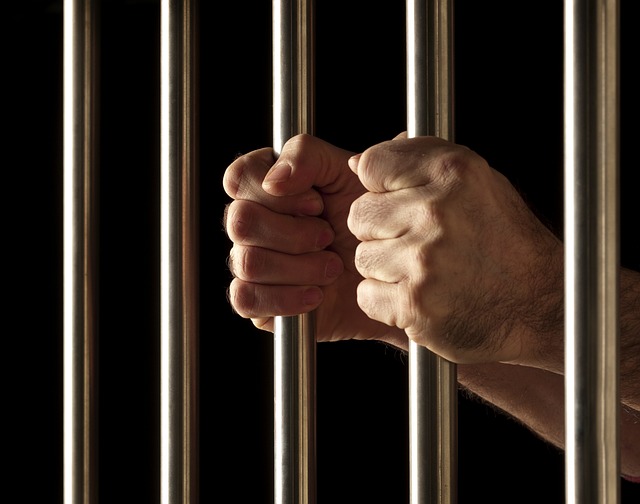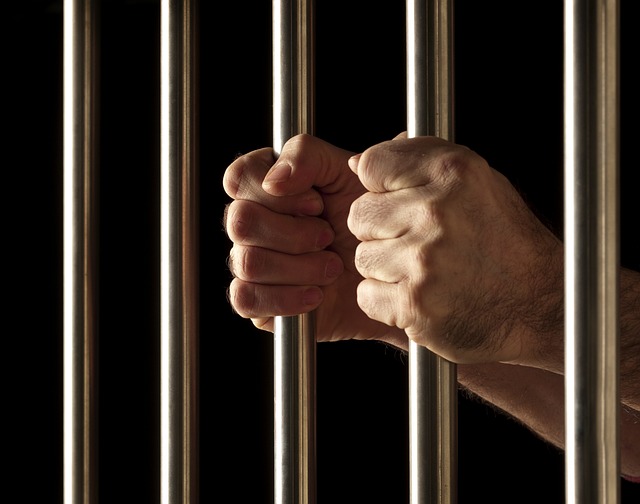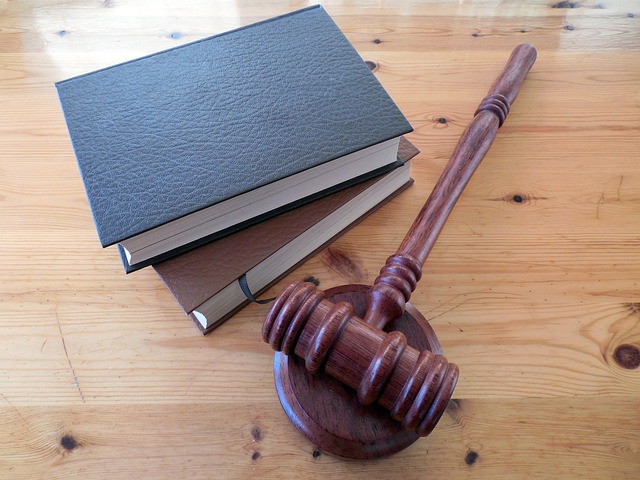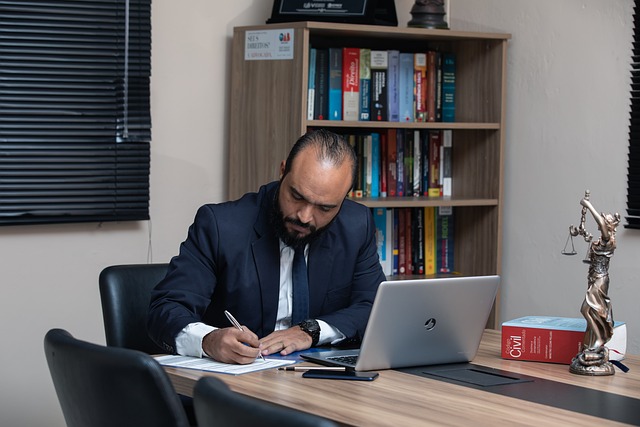Pedestrians' rights, especially those of individuals with disabilities, are crucial for safe streets. Laws protecting against hazards like drivers under the influence (DUI) are essential. Considerations include accessible crossings, well-lit paths, and reduced speed limits in residential areas. Strict DUI laws prevent accidents and enhance safety for all, including those with disabilities. Advocacy groups push for inclusive communities, infrastructure changes, and tailored DUI defense services to ensure safe mobility for disabled pedestrians.
In today’s world, ensuring safe streets is paramount, especially for vulnerable pedestrians, including those with disabilities. This article delves into the critical issue of pedestrians’ rights and explores strategies for creating inclusive communities. We examine challenges faced by individuals with disabilities on the roadway, offering insights into DUI defense specifically targeting vulnerable pedestrians. Additionally, we discuss legal protections and advocacy for disabled pedestrians, highlighting the importance of accessible street design. By addressing these aspects, we strive to foster a safer and more welcoming environment for all.
- Understanding Pedestrians' Rights: A Safe Streets Perspective
- The Challenges Faced by Individuals with Disabilities on the Roadway
- DUI Defense: A Special Focus on Vulnerable Pedestrians
- Legal Protections and Advocacy for Disabled Pedestrians
- Creating Inclusive Communities: Strategies for Safer Streets
Understanding Pedestrians' Rights: A Safe Streets Perspective

Pedestrians’ rights are a crucial aspect of safe streets initiatives, especially when considering the needs of individuals with disabilities. Understanding and upholding these rights is essential to ensure everyone can enjoy public spaces freely and securely. In many jurisdictions, laws protect pedestrians from various hazards, including those posed by drivers under the influence (DUI). A safe street environment not only involves well-maintained infrastructure but also behaviors that prioritize pedestrian safety.
For individuals with disabilities, specific considerations come into play. For instance, accessible crossings, well-lit paths, and reduced speed limits in residential areas can significantly enhance their mobility and independence. Moreover, strict DUI laws are a vital tool to prevent accidents and ensure responsible driving, thereby creating an environment where everyone, including the disabled, can move about safely.
The Challenges Faced by Individuals with Disabilities on the Roadway

Individuals with disabilities face unique challenges when navigating public spaces, and this is no different on our roads. From visual impairments to mobility issues, various disabilities can make even the simplest pedestrian tasks difficult. For instance, those who are visually impaired may struggle to cross busy streets due to a lack of accessible pedestrian signals or guide dogs, while individuals with mobility issues might face barriers such as uneven sidewalks or a shortage of accessible crossings.
These challenges can be exacerbated by factors like poor street design and inadequate infrastructure, leading to increased risks for pedestrians with disabilities. Moreover, the presence of drunk drivers (DUI) poses an even greater threat to this vulnerable population. A DUI defense is not just about legal protection; it’s about ensuring that everyone, including those with disabilities, can travel safely on our streets. Therefore, advocates and urban planners must work together to create inclusive environments and stringent laws to protect the rights of pedestrians with disabilities.
DUI Defense: A Special Focus on Vulnerable Pedestrians

When it comes to protecting pedestrians’ rights, especially those with disabilities, a special focus should be placed on preventing and mitigating accidents involving drunk driving (DUI). Individuals with physical or cognitive disabilities are often considered vulnerable road users due to their potential reduced mobility or visibility. DUI Defense for individuals with disabilities is crucial as these incidents can have severe consequences for their safety and well-being.
Law enforcement and legal professionals must be vigilant in protecting the rights of vulnerable pedestrians, ensuring that they receive fair treatment and support. This includes stringent measures against drunk drivers and a robust system to advocate for the needs of those affected by such incidents, especially when it comes to accessibility and accommodation post-accident.
Legal Protections and Advocacy for Disabled Pedestrians

Disabled pedestrians face unique challenges navigating public spaces, often requiring specialized accommodations and assistance. In many jurisdictions, laws exist to protect their rights and ensure safe mobility. These legal protections encompass a range of measures, from wheelchair-accessible infrastructure to specific traffic regulations that prioritize pedestrian safety, especially for individuals with visual or physical impairments.
Advocacy groups play a vital role in pushing for enhanced legal safeguards and access. They lobby for stricter enforcement of existing laws, such as those prohibiting discrimination based on disability, and advocate for innovative solutions like dedicated pedestrian zones free from vehicular traffic. Furthermore, organizations dedicated to disabled rights often offer support services, including legal aid and education, specifically tailored to address issues like DUI (Driving Under the Influence) defense for individuals with disabilities, ensuring their safety and protection on public roads.
Creating Inclusive Communities: Strategies for Safer Streets

Creating inclusive communities is paramount in ensuring safer streets for all pedestrians, especially those with disabilities who often face unique challenges. Strategies to achieve this involve physical changes to infrastructure like raising sidewalk heights to prevent wheelchairs from getting stuck and installing tactile paving for the visually impaired. Additionally, community education programs can help foster understanding and empathy among residents.
Addressing issues like DUI defense for individuals with disabilities is crucial in promoting safety. Adaptive transportation options and accessible public transit systems enable people with disabilities to move around independently, reducing their dependence on others. By implementing these inclusive strategies, communities can create an environment where everyone feels welcome, safe, and empowered to navigate the streets freely.
In advocating for pedestrians’ rights, especially those with disabilities, it’s clear that safe streets are not just about infrastructure but also about understanding and protecting vulnerable users. By addressing the unique challenges faced by individuals with disabilities on roadways, strengthening legal protections, and fostering inclusive communities, we can significantly enhance road safety. Furthermore, prioritizing DUI defense specifically for these pedestrians ensures that they receive fair treatment and protection under the law. Together, these efforts contribute to creating a more inclusive and secure environment for all, ultimately transforming our streets into welcoming spaces for everyone.






